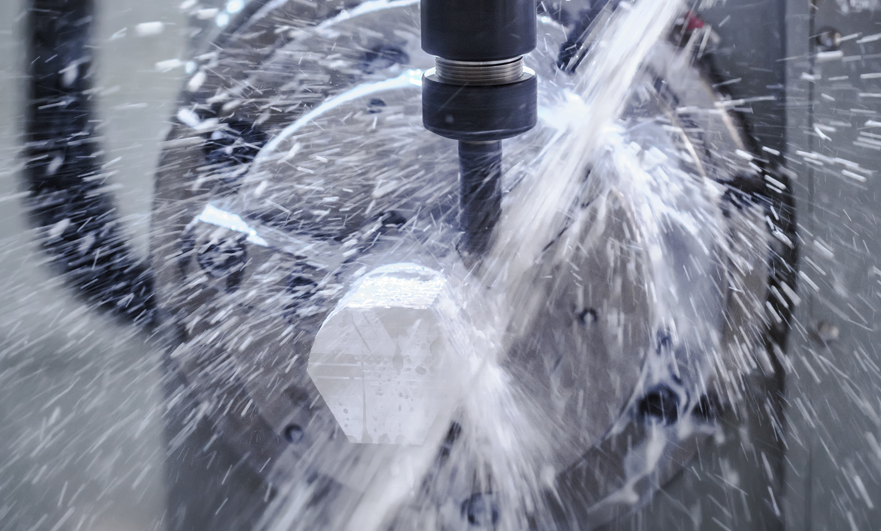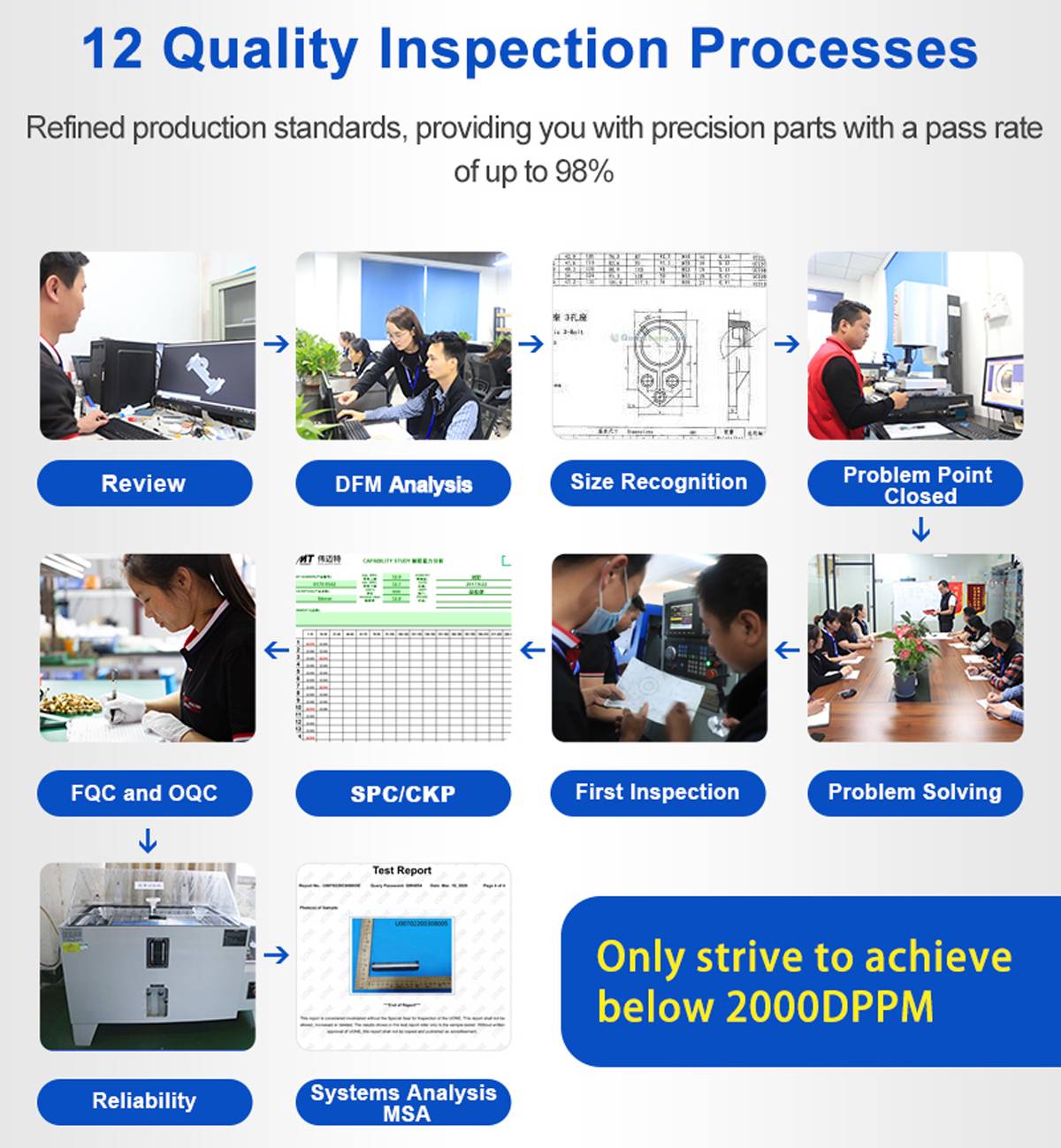15 years one-stop China custom CNC machining parts factory

Hey there I’m VMT Sam!
With 25 years of CNC machining experience we are committed to helping clients overcome 10000 complex part-processing challenges all to contribute to a better life through intelligent manufacturing. Contact us now
 160 |
Published by VMT at Mar 12 2024
160 |
Published by VMT at Mar 12 2024
CNC Machining high-temperature alloys: Experts offer tips on difficult-to-cut machining
Processing high-temperature alloys has always been a technical challenge in the field of CNC machining parts manufacturing. Due to their excellent properties such as high strength, high hardness, high wear resistance, and high temperature stability, high-temperature alloys are widely used in aerospace, energy, petrochemical, and other fields. However, these characteristics also make high-temperature alloys one of the difficult-to-cut materials. This article will discuss the difficulties and techniques of processing high-temperature alloys, providing valuable references for CNC machining factories and custom CNC machining.

I. Challenges in Processing High-Temperature Alloys
High Hardness and High Strength: High-temperature alloys usually have higher hardness and strength than ordinary metal materials, leading to increased cutting forces, accelerated tool wear, and increased difficulty in processing.
High-Temperature Stability: While high-temperature alloys can maintain stable performance in high-temperature environments, the cutting heat during processing can result in the formation of a hardened layer on the workpiece surface, increasing cutting difficulty.
Work Hardening: High-temperature alloys are prone to work hardening during the cutting process, further raising the surface hardness of the workpiece and causing more severe tool wear.
Complex Chemical Composition: High-temperature alloys often contain multiple alloying elements, making the selection of cutting fluids crucial during the cutting process.
II. Techniques for Difficult-to-Cut Machining
Selecting Appropriate Tool Materials: To address the high hardness and strength of high-temperature alloys, choose tool materials with high wear resistance, thermal stability, and strength, such as ceramic tools or coated carbide tools.
Optimizing Cutting Parameters: When machining high-temperature alloys, reduce cutting speed, cutting depth, and feed rate appropriately to lower cutting forces and heat, minimizing tool wear and workpiece surface hardening.
Using Coolant: Applying coolant during the cutting process effectively reduces cutting temperatures, minimizing workpiece surface hardening and tool wear. When selecting coolant, consider the chemical composition of high-temperature alloys and the specific machining requirements.
Optimizing Tool Geometry Parameters: Adjust tool geometry parameters, such as increasing the tool front angle and reducing the tool back angle, to lower cutting forces and heat, enhancing machining efficiency.
Implementing Pre-Processing Techniques: Employ pre-processing techniques like heat treatment or shot peening to improve material machinability, reducing cutting difficulties.
Choosing Suitable Machine Tools: High-temperature alloy machining requires high-precision machine tools to ensure machining quality and efficiency. In CNC machining factories, opt for machines with high rigidity, precision, and stability to meet the demands of high-temperature alloy processing.

III. High-Temperature Alloy Machining Strategies in Custom CNC Machining
For custom CNC machining, specialized strategies and process planning are essential when working with high-temperature alloys. Here are some recommendations:
Effective Customer Communication: Engage in thorough communication with customers when receiving custom orders. Understand specific requirements for high-temperature alloy parts, including dimensional accuracy, surface quality, material performance, etc., to formulate appropriate machining strategies.
Developing Specialized Machining Plans: Considering the challenges of machining high-temperature alloys, develop specialized machining plans that include selecting suitable tools, optimizing cutting parameters, and implementing effective coolant strategies to ensure a smooth machining process.
Enhanced Process Monitoring: Increase monitoring of the machining process, promptly identifying and addressing issues to ensure machining quality and accurate delivery timelines.
Strict Quality Control: Given the high-quality requirements for high-temperature alloy parts, establish a comprehensive quality control system to rigorously monitor each stage of the machining process, ensuring the final product meets specifications.

IV. Conclusion and Outlook
Machining high-temperature alloys is a challenging task, but with the right tool selection, optimized cutting parameters, coolant use, and other measures, the difficulty can be reduced, enhancing both efficiency and quality. In CNC machining factories and custom CNC machining, it's crucial to consider the characteristics of high-temperature alloys and formulate suitable machining strategies to meet customer needs. As technology advances and new materials emerge, the machining technology for high-temperature alloys will continue to improve and evolve, presenting both opportunities and challenges in the CNC machining field.
Ready To Start Your Next Project?
Get Instant Quote

Request a Free Quote
Send us a message if you have any questions or request a quote. We will get back to you ASAP!